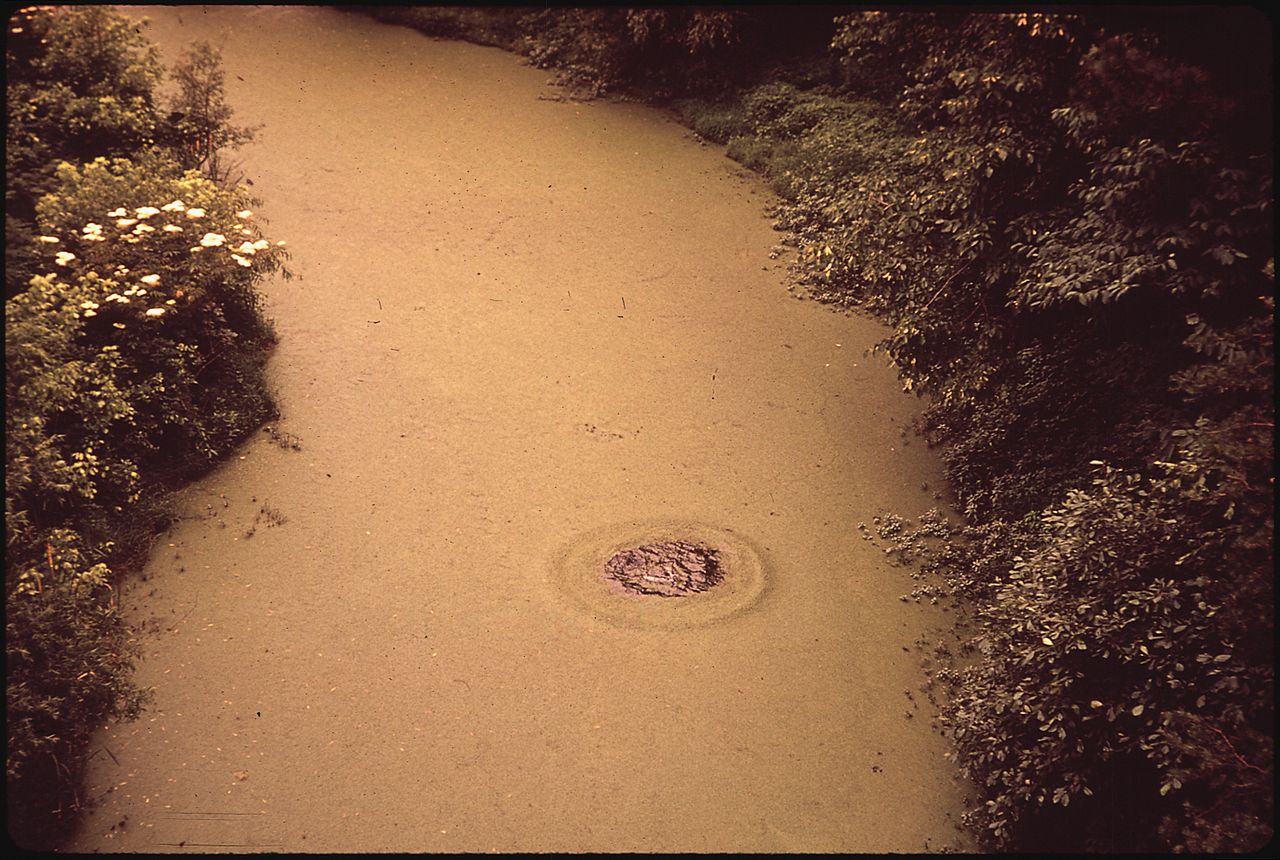
A chemical leak at a U.S. Steel plant in heavily industrialized northwest Indiana has again put a negative environmental spotlight on that region.

U.S. Steel Plant, courtesy of Paul Sequeira
The Portage, Indiana plant incurred a failure last week that allowed hexavalent chromium to leak into the Burns Waterway which is 100 yards from Lake Michigan and discharges in to the lake.
Hexavalent chromium is produced by an industrial process and is a known carcinogen.
In a press release, U.S. Steel said “we have determined all repairs are working safely as intended” and it has made “enhancements” to the facility where the failure occurred.
U.S. EPA said tests indicate the chemical was not present near drinking water intakes, according to Rachel Bassler in the agency’s Chicago office, which oversees the Great Lakes region including Indiana.
Northwest Indiana has a population of 800,000 people and in addition to U.S. Steel, is home to British Petroleum’s (BP) Whiting refinery and the Indiana Dunes National Lakeshore.
That makes for an interesting mix of people, heavy legacy industries and a pristine ecosystem trying to cohabitate in a small section of Indiana culturally different and geographically isolated from the rest of the state.
The area has had a difficult environmental history.
Consider the following:
- Its landmark waterway is the Grand Calumet River and has been referred to as “virtually lifeless.” The river’s legacy pollutants include PCB’s, mercury, chromium and lead, and it discharges a billion gallons of water per day to Lake Michigan. A protracted restoration of the river is in process but completion is years away.
- A 2007 request for a permit by BP to increase the oil company giant’s discharge of ammonium and mercury to Lake Michigan set off a firestorm of protests. It was seen as reflecting a cavalier attitude toward the lake, harkening back to an era when waterways were used as a convenient way to dispose of waste. Caving to the protesters – including then-Senator Barack Obama – and bad publicity – BP’s CEO flew to the region to announce that the company would seek other ways to handle the industrial waste.
- Residents of an East Chicago (Indiana) housing project learned last year that soil in their area has long been contaminated by lead. The housing project was constructed on the site of former lead-processing companies. Some have referred to the potential of lead poisoning in the project as the “next Flint.”

Collecting core samples Grand Calumet River, courtesy of U.S. Fish and Wildlife Service
The Grand Calumet River’s recovery is threatened by potential budget cuts to Great Lakes restoration projects. The Trump administration has proposed eliminating all federal funding for cleanup of sites like the Grand Calumet River.
BP continues to have issues with discharges to Lake Michigan. In 2016 it had what the company called an “upset” in operations that caused it to discharge five times more suspended solids to Lake Michigan than its permit allows.
EPA administrator Scott Pruitt is scheduled to visit East Chicago’s lead-contaminated housing project on Tuesday, April 19th. Details of the visit have not been provided.
Commenting on the U.S. Steel chemical leak, the Natural Resources Defense Council’s Angela Guyadeen said “the pollution burden for communities in the Great Lakes region is already unacceptably high.”
She said it “reminds us that the Lakes are only as safe as EPA’s enforcement is strong”, referring to potential cuts to EPA’s enforcement staffing by the Trump administration.
Guyadeen is a director of NRDC’s Safe Water Initiative in Chicago.
U.S. Steel is preparing to restart its operations at the plant, and the EPA’s Bassler told Great Lakes Now that “EPA will observe the startup process and will closely monitor the outfall discharge.”
1 Comment
-
yea
a fox watching the hen house,
this should not have happen
your letting a great please become
f up
I hope that won”t happenThank you




